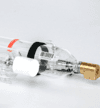Thông tin laze
The research data has shown that the photoelectric conversion efficiency of CO2 RF laser is about 10%~20%, and the rest energy will be converted to waste heat.
If the discharge area of the CO2 RF laser fails to dissipate heat effectively, the gas temperature in the discharge area will continue to rise to cause the thermal motion of molecules in the discharge area increasing with the increase of temperature and the consumption of molecules at the upper energy level, thus widening the CO2 molecular spectral line transition and eventually affecting the stability of the laser output power or reduces its output power.
As a result, it is very critical to dissipate heat of the laser by external auxiliary means.
Currently, the existing data has shown that the photoelectric conversion efficiency is high when the laser gas temperature of CO2 laser is 400 - 500K.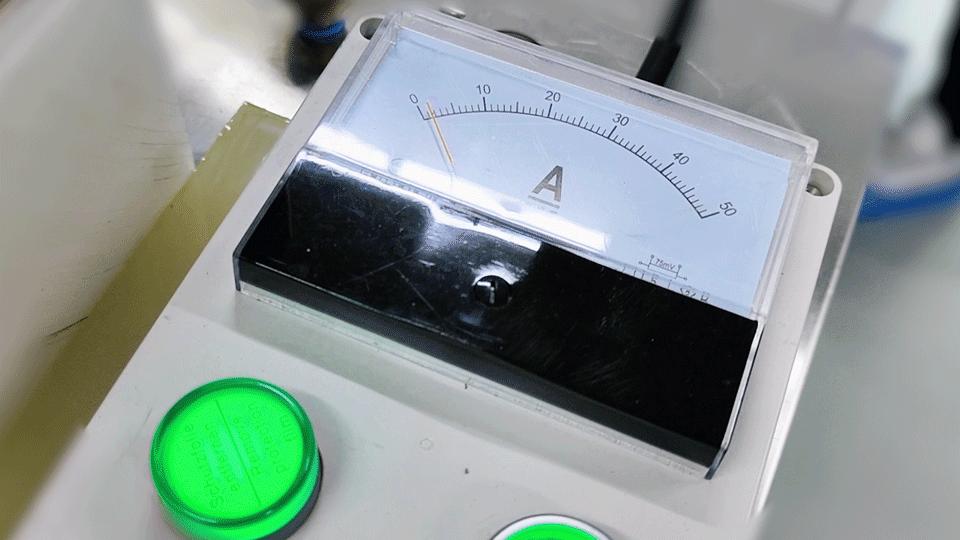
Common heat dissipation methods of lasers
There are usually two heat dissipation methods for the use of RF lasers: air cooling and water cooling.
Air cooling method is often used in low-power lasers (power generally does not exceed 100W); water cooling method covers the whole power range of CO2 lasers.
The above two heat dissipation methods have a common feature, that is, they do not directly cool the discharge area that generates heat, but conduct the waste heat generated in the discharge area to the coolant or the heat dissipation plate through conduction.
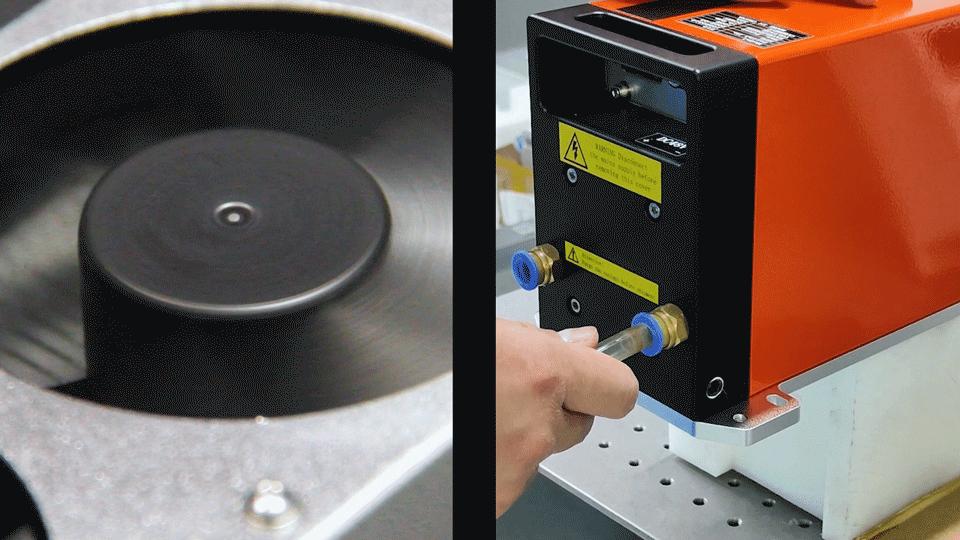
Influence of coolant temperature on laser
For water cooling method, purified water, distilled water or deionized water is usually used as the coolant (antifreeze can also be used in winter) to cooling the lasers.
According to Newton's Law of Cooling:
Where, Φ represents the heat dissipated, A represents the area of radiator, η represents heat transfer coefficient, Δt represents the temperature difference.
It can be concluded that after the structure and material of CO2 laser are determined, the main factor affecting heat dissipation is temperature difference (temperature difference here refers to the temperature difference between coolant temperature and temperature of the laser discharge area).
Taking purified water as an example, when the temperature of the coolant rises, the temperature difference between the purified water and the discharge area will decrease, the heat dissipation effect will decrease, and ultimately affect the laser power. According to some experimental data, when the temperature of coolant (purified water) increases by about 1℃, the laser power will decrease by about 0.5%~1%.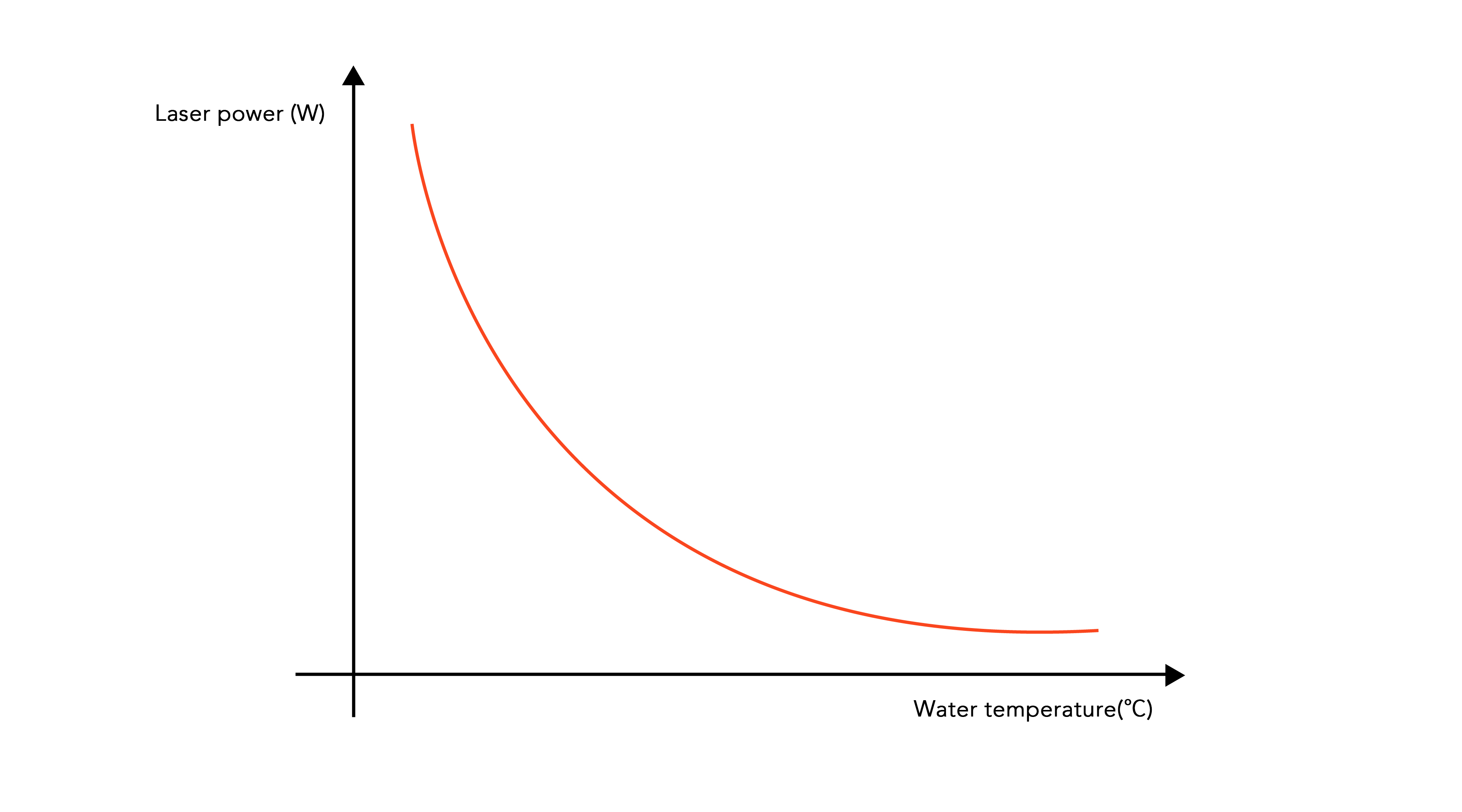
Can the coolant temperature be lowered infinitely? No. For some CO2 lasers, too low cooling temperature requires longer laser heating time, which will reduce the working efficiency of the laser.
The most common influence is that too low coolant temperature will lead to condensation on the surface of the laser, affect the use of the laser, and even shorten its service life.
Coolant and stable laser power
Obviously, in order to make the laser output power more stable, it is necessary to make the CO2 laser gas temperature relatively stable, that is, stable heat dissipation effect.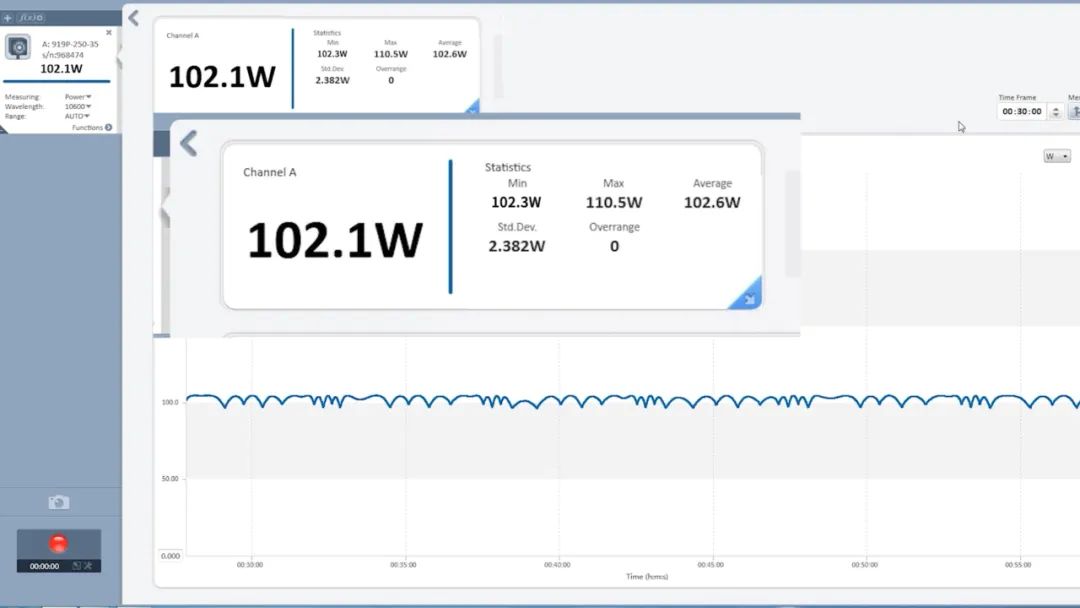 ZAMIA F8i RF Laser Power Diagram
ZAMIA F8i RF Laser Power Diagram
It can be seen from Newton's Law of Cooling (Ф=Α*η*Δt) that the constant temperature difference (Δt) is the key factor of stable heat dissipation effect.
Considering the power and stability of the laser, SPT recommends setting the temperature of RF CO2 laser coolant to 25 ± 2℃. In hot summer, you can also set at 28 ± 2℃ to avoid condensation.
Click to learn more about preventing laser from condensation
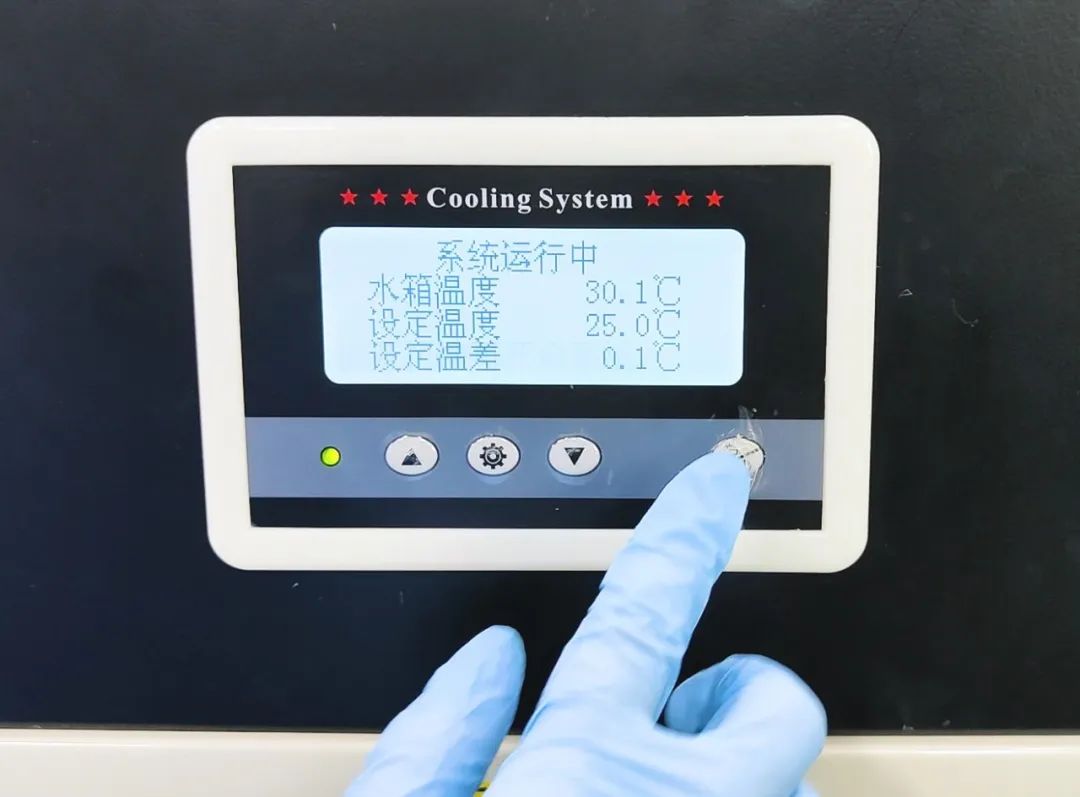
Setting the temperature of RF CO2 laser coolant to 25 ± 2℃
In winter, if conditions permit, it is necessary to keep the chiller running continuously. To save energy, it is recommended to adjust the temperature of low-temperature and normal temperature water to 5 ~ 10℃ to ensure that the coolant is in a circulating state and the temperature is not lower than the freezing point.
Click to learn more about laser antifreeze.
Professional brand antifreeze can also be used if necessary (do not replace it with ethanol, otherwise it may cause damage).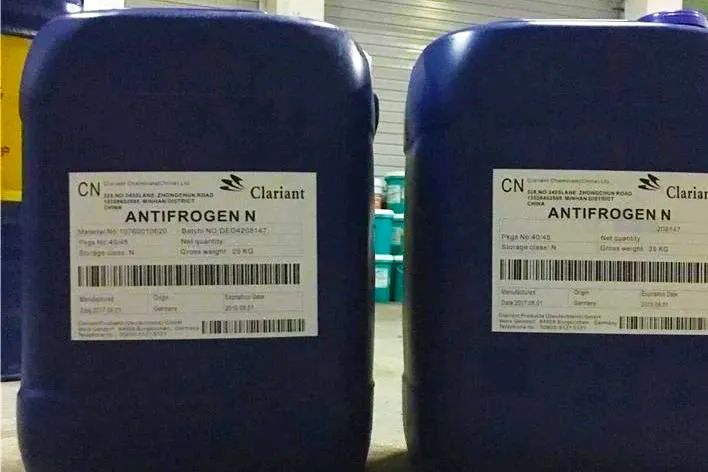
If the discharge area of the CO2 RF laser fails to dissipate heat effectively, the gas temperature in the discharge area will continue to rise to cause the thermal motion of molecules in the discharge area increasing with the increase of temperature and the consumption of molecules at the upper energy level, thus widening the CO2 molecular spectral line transition and eventually affecting the stability of the laser output power or reduces its output power.
As a result, it is very critical to dissipate heat of the laser by external auxiliary means.
Currently, the existing data has shown that the photoelectric conversion efficiency is high when the laser gas temperature of CO2 laser is 400 - 500K.

Common heat dissipation methods of lasers
There are usually two heat dissipation methods for the use of RF lasers: air cooling and water cooling.
Air cooling method is often used in low-power lasers (power generally does not exceed 100W); water cooling method covers the whole power range of CO2 lasers.
The above two heat dissipation methods have a common feature, that is, they do not directly cool the discharge area that generates heat, but conduct the waste heat generated in the discharge area to the coolant or the heat dissipation plate through conduction.

Influence of coolant temperature on laser
For water cooling method, purified water, distilled water or deionized water is usually used as the coolant (antifreeze can also be used in winter) to cooling the lasers.
According to Newton's Law of Cooling:

Where, Φ represents the heat dissipated, A represents the area of radiator, η represents heat transfer coefficient, Δt represents the temperature difference.
It can be concluded that after the structure and material of CO2 laser are determined, the main factor affecting heat dissipation is temperature difference (temperature difference here refers to the temperature difference between coolant temperature and temperature of the laser discharge area).
Taking purified water as an example, when the temperature of the coolant rises, the temperature difference between the purified water and the discharge area will decrease, the heat dissipation effect will decrease, and ultimately affect the laser power. According to some experimental data, when the temperature of coolant (purified water) increases by about 1℃, the laser power will decrease by about 0.5%~1%.

Can the coolant temperature be lowered infinitely? No. For some CO2 lasers, too low cooling temperature requires longer laser heating time, which will reduce the working efficiency of the laser.
The most common influence is that too low coolant temperature will lead to condensation on the surface of the laser, affect the use of the laser, and even shorten its service life.
Coolant and stable laser power
Obviously, in order to make the laser output power more stable, it is necessary to make the CO2 laser gas temperature relatively stable, that is, stable heat dissipation effect.

It can be seen from Newton's Law of Cooling (Ф=Α*η*Δt) that the constant temperature difference (Δt) is the key factor of stable heat dissipation effect.
Considering the power and stability of the laser, SPT recommends setting the temperature of RF CO2 laser coolant to 25 ± 2℃. In hot summer, you can also set at 28 ± 2℃ to avoid condensation.
Click to learn more about preventing laser from condensation

Setting the temperature of RF CO2 laser coolant to 25 ± 2℃
In winter, if conditions permit, it is necessary to keep the chiller running continuously. To save energy, it is recommended to adjust the temperature of low-temperature and normal temperature water to 5 ~ 10℃ to ensure that the coolant is in a circulating state and the temperature is not lower than the freezing point.
Click to learn more about laser antifreeze.
Professional brand antifreeze can also be used if necessary (do not replace it with ethanol, otherwise it may cause damage).


